As a donor or potential donor, you have the right—and the responsibility—to see where your dollars go. A wise donor will ask about the work we do, how it benefits those who need it most, what the impact is on the dollar, and yes, even what percentage of donations goes to the cause and what percentage goes to overhead.
“Overhead” is the dreaded word, usually used as a negative and almost always with the assumption that if dollars go to overhead, then they don’t benefit the cause and help the work in the field. But there are problems with this premise, and the first is that it’s automatically implied that overhead is unproductive, that it’s an enemy to the important work that we do as an organization.
But if overhead is used for growth, is that really true? Are we looking at overhead the right way? Case in point, unless you stumbled upon one of our staff in India or Uganda or personally know one of our team members, the only reason you are aware of our work to combat the issue of modern-day slavery is because we invested "overhead" in raising your awareness, including the writing of this blog. So clearly, the ongoing work of overhead is essential and needs to continue.
We love the comparison Dan Pallotta, author of Uncharitable, makes with this chart when he says:
“We’ve all been taught that charities should spend as little as possible on overhead things like fundraising under the theory that the less you spend on fundraising, the more money there is available for the cause.
Well, that’s true if it’s a depressing world in which this pie cannot be made any bigger. But if it’s a logical world in which investment in fundraising actually raises more funds and makes the pie bigger, then we have it precisely backwards, and we should be investing more money, not less, in fundraising, because fundraising is the one thing that has the potential to multiply the amount of money available for the cause that we care about so deeply.
What matters most is the size of the pies. Who cares if the bake sale only has 5% overhead if it’s tiny? What if the bake sale only netted $71 for charity because it made no investment in its scale and the professional fundraising enterprise netted $71 million because it did?”
As we continue to walk through an amazing season of growth at Love Justice International, seeing the impact of our anti-trafficking work grow around the world, we’ve been diligent to do much with little and keep our cost per interception as low as possible. In the past fiscal year, we brought that number down from $132 to $112. But as we grow in the scope of our work and impact, our stateside operations—marketing and fundraising—must poise themselves for future growth needs and the sustainability of the organization.
And to that end, with our development and fundraising expenses, we’ve been strategically positioning ourselves to do this better as we invest in the future of our organization’s financial health. Just because our overhead needs to increase to support our work overseas, does not mean we can’t invest in our stateside operations as strategically and resourcefully as we have in our field work.

Let’s look at a few key areas where we’ve been able to focus our development costs, while staying true to our three core values: to be the kingdom, to do much with little, and to help those who need it most. During the past few years at LJI, we’ve seen:
- Our fundraising campaigns increase as we’ve invested in better software and improved donor communication.
- The benefits of hiring a fundraising consultant to drastically upgrade our monthly giving program.
- That fair compensation for our amazing fundraising and marketing teams helps us better retain staff and prevent significant future recruitment and training costs—even as we continue to seek out people willing to sacrifice for the cause. From top to bottom and across the board, our staff are paid below market value. We take "do much with little" very, very seriously.
 Our commitment to you, our donor, is to manage your funds responsibly to ensure that every dollar contributes to the overall effort and growth of the ministry and mission statement of Love Justice International: to share the love of Jesus Christ by fighting the world’s greatest injustices.
Our commitment to you, our donor, is to manage your funds responsibly to ensure that every dollar contributes to the overall effort and growth of the ministry and mission statement of Love Justice International: to share the love of Jesus Christ by fighting the world’s greatest injustices.
Please take a moment to download our annual report and, after reading through it, feel free to contact us at info@lovejustice.ngo anytime with questions. Read our article on all we've been able to accomplish in 20 years with the dollars you give (including actual data drops in the prevalence of human trafficking). You can also read more about our children’s ministry giving opportunities and the name change that we’ve given to our children’s homes.
In closing, while your right as a donor should never exclude asking us where your donations go, including to our overhead costs, we also invite and welcome you to ask these questions: What are your big scale dreams, and what resources do you need to make them possible? As Pallotta said, “Our generation does not want its epitaph to read ‘We kept charity overhead low.’ We want it to read that we changed the world and that part of the way we did that was by changing the way we think about these things.”
Thank you for your generous contribution to being a part of this crucial fight to stop human trafficking and prevent vulnerable lives from being exploited and enslaved.
Editor’s note: This article was originally published on July 19, 2022, by Janelle Zander. It has been updated to reflect current financials and policies.
-1.png?width=500&height=500&name=LJI_MAINLOGO_WhiteBackground%20(1)-1.png)
/LJI_Hands_feature.webp?width=1080&name=LJI_Hands_feature.webp)



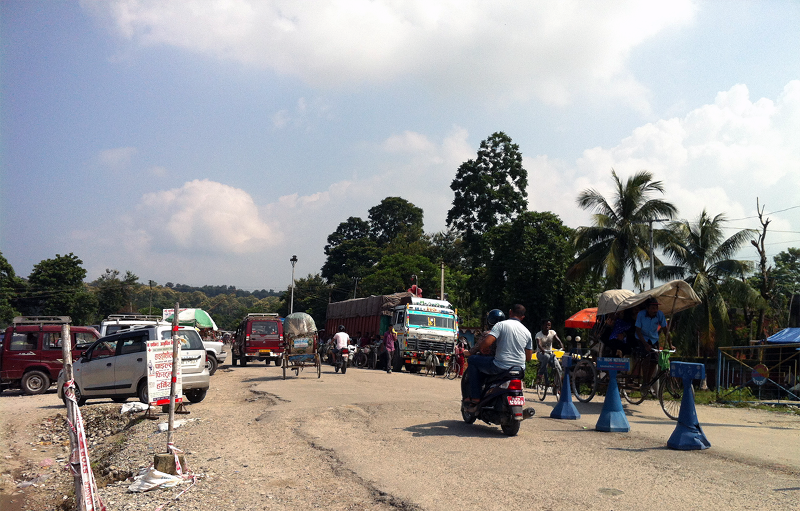
/bimala_feature_blog.webp)


/boy_girl_asia_streets.webp)
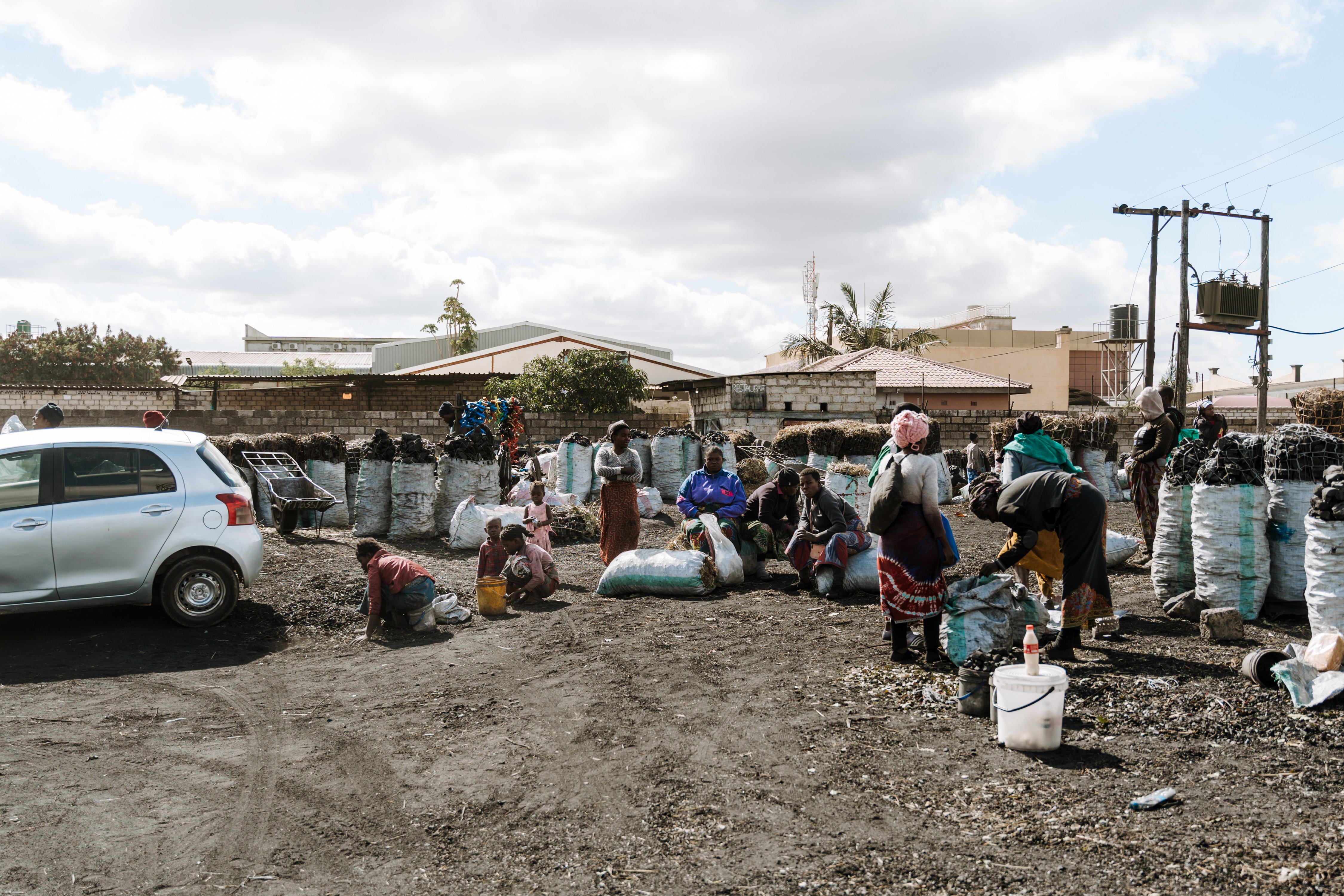


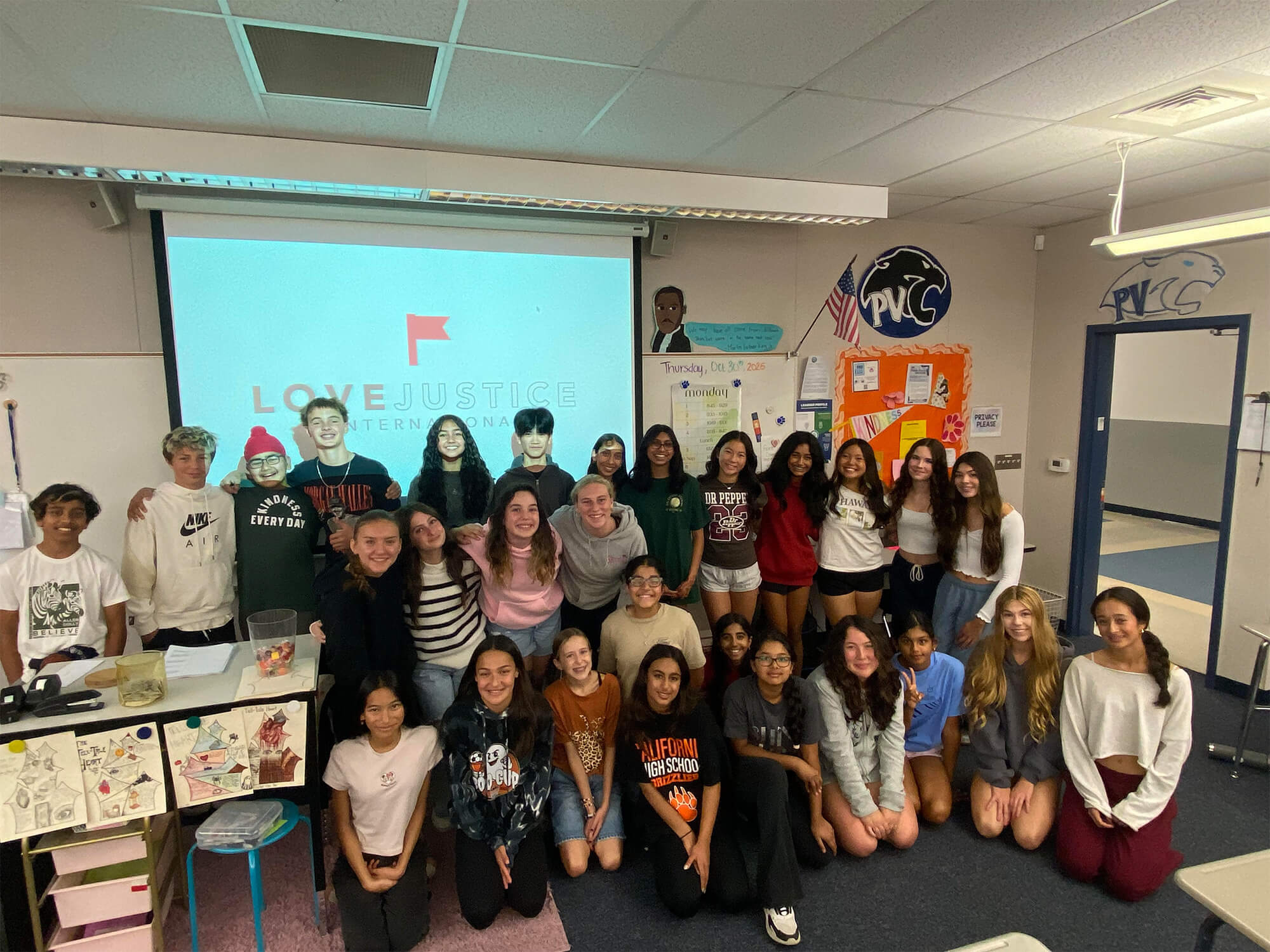
/LJI_Hands_feature.webp)

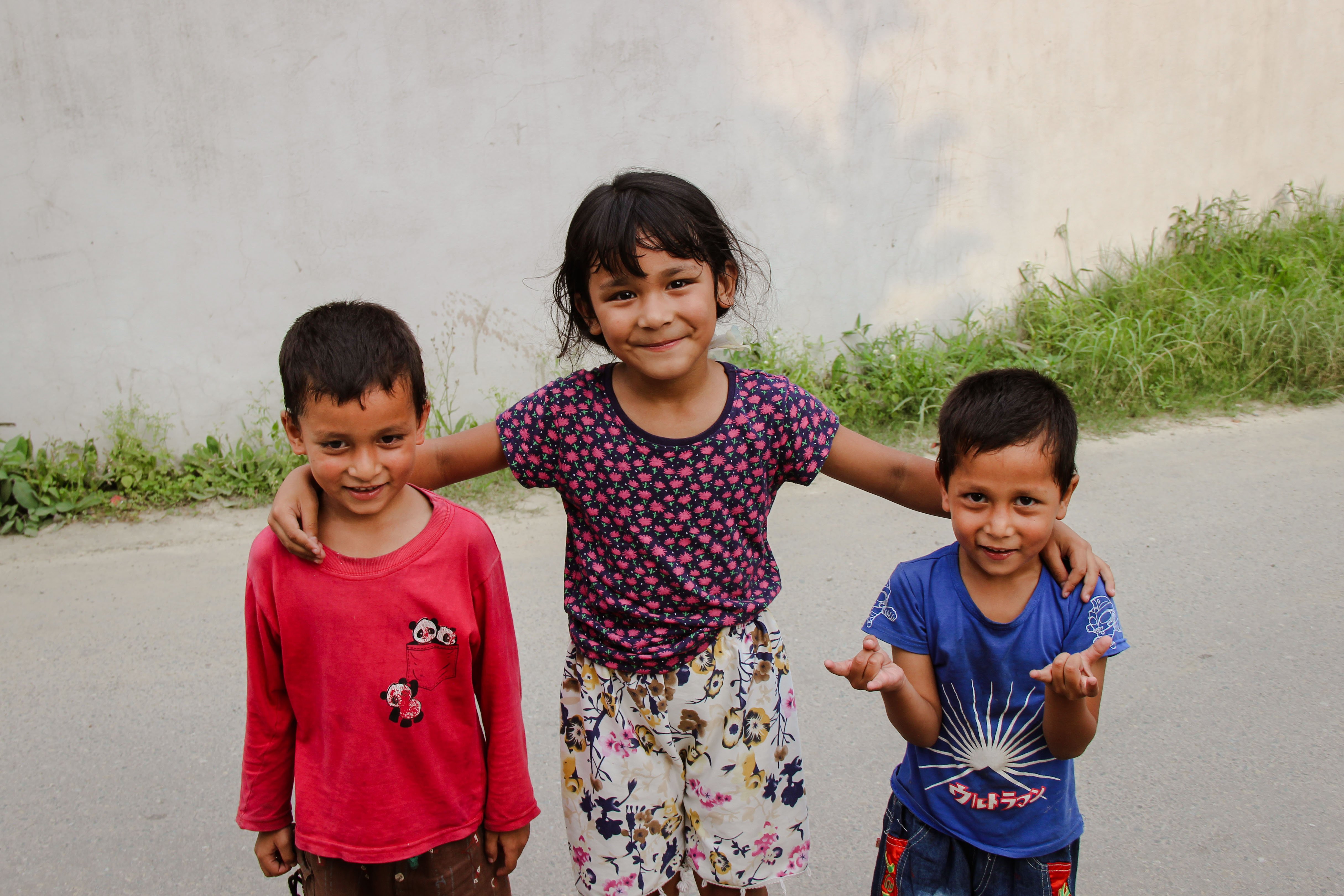
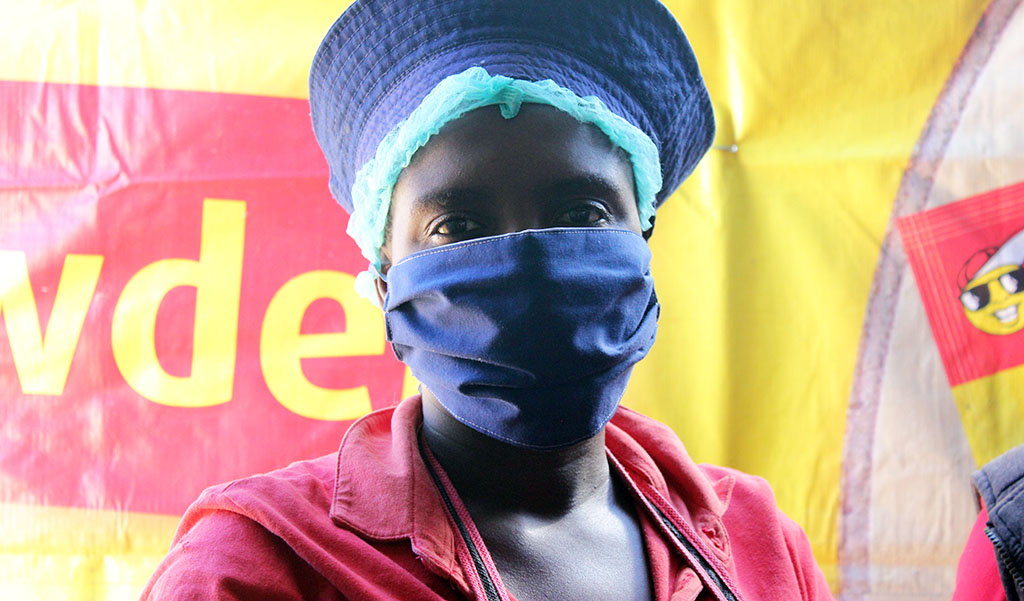
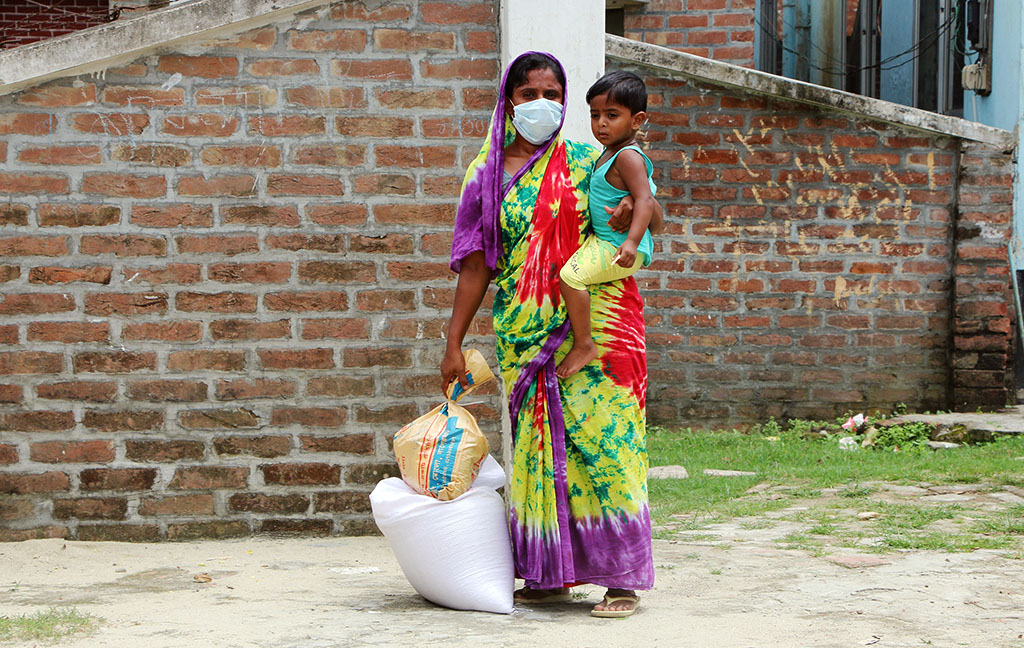
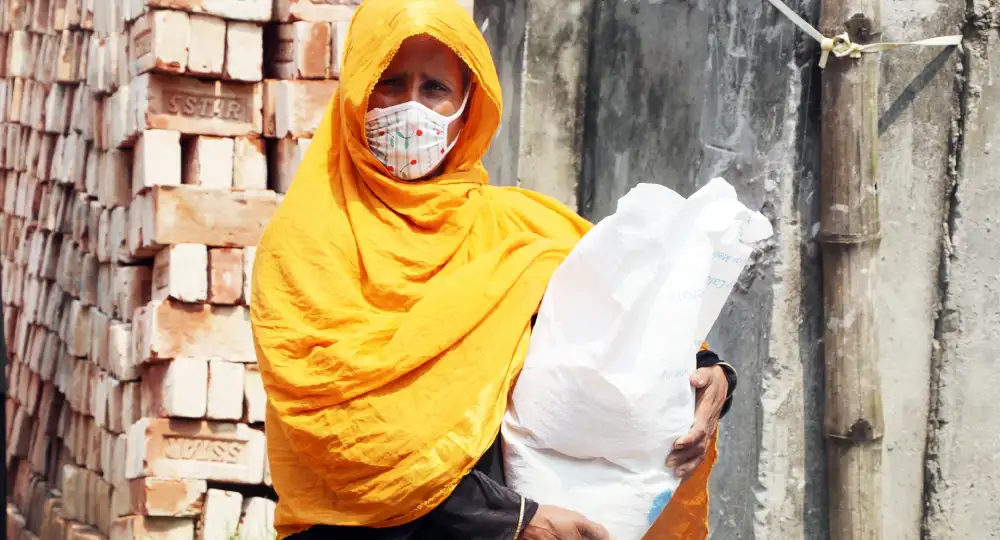

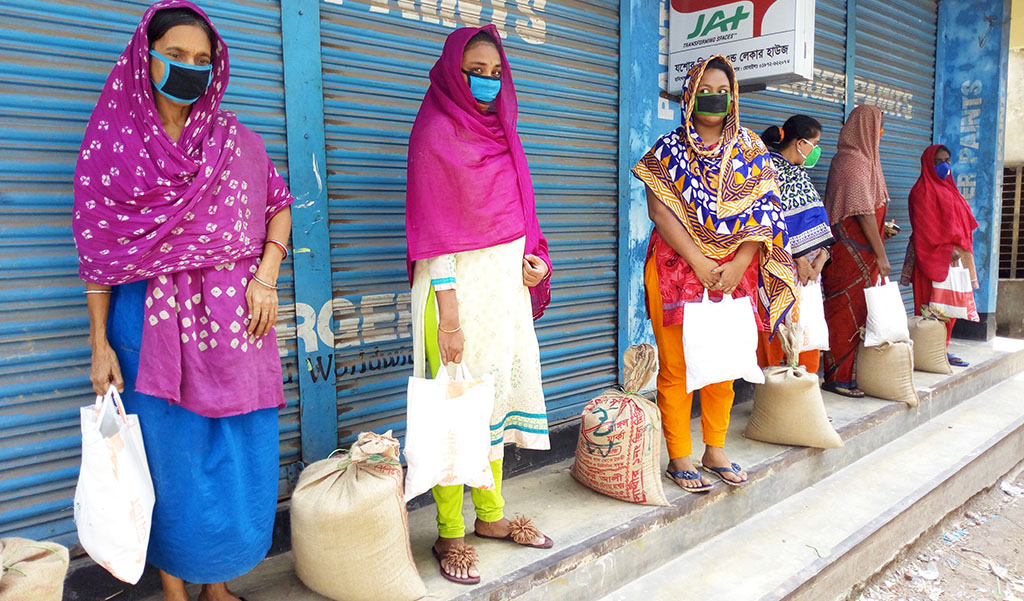
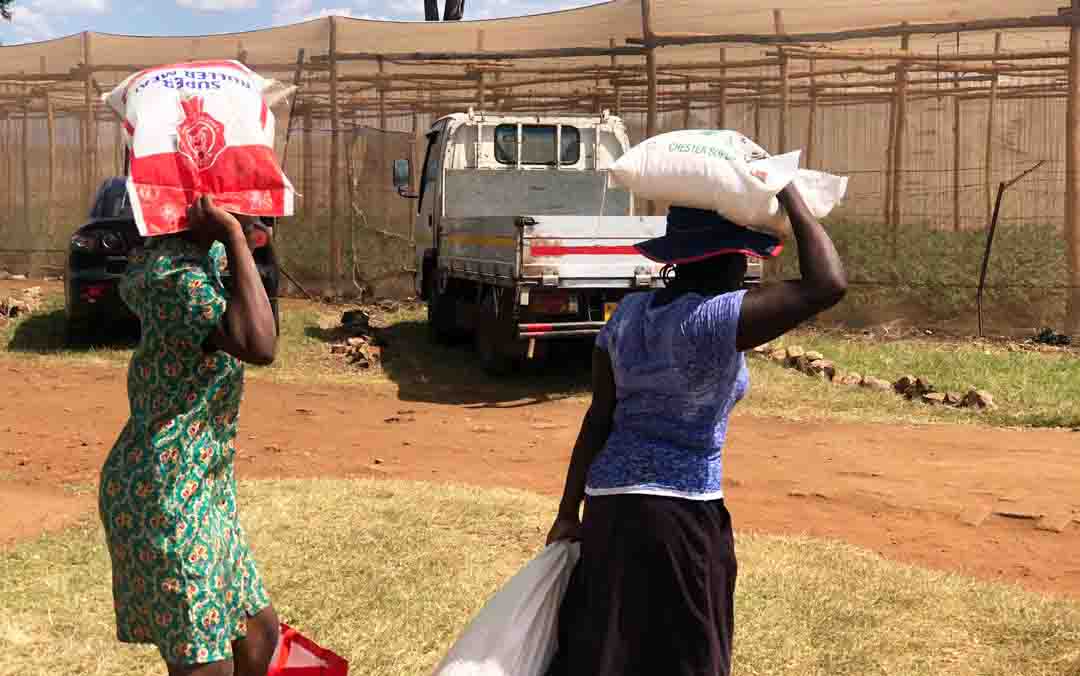

/police_uganda.webp)
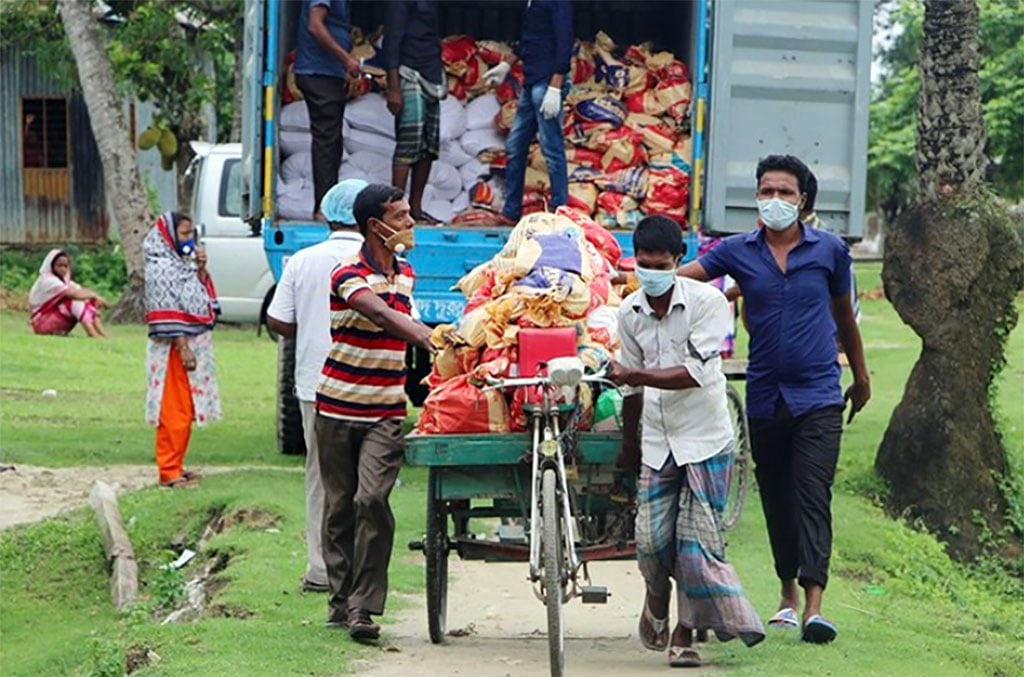




Post a comment